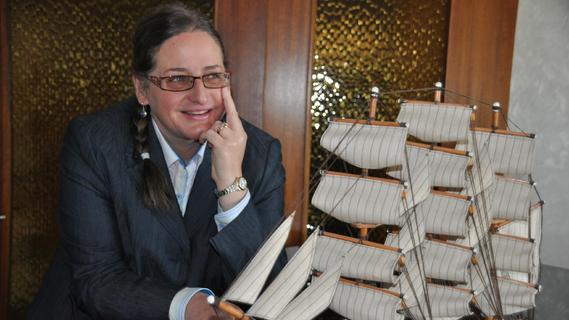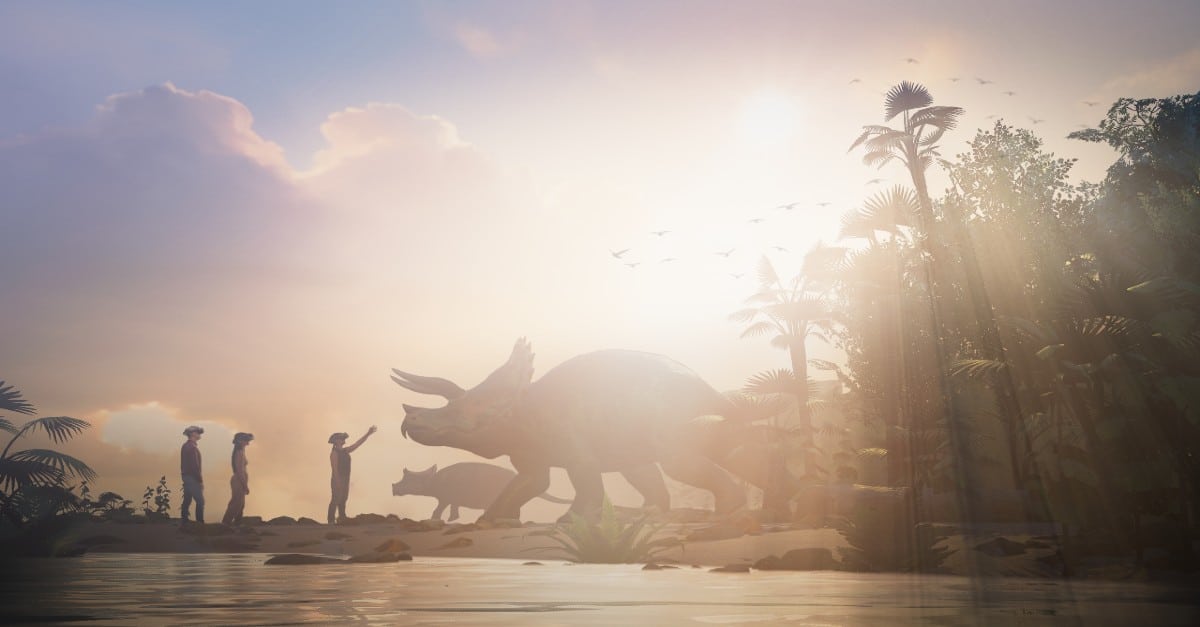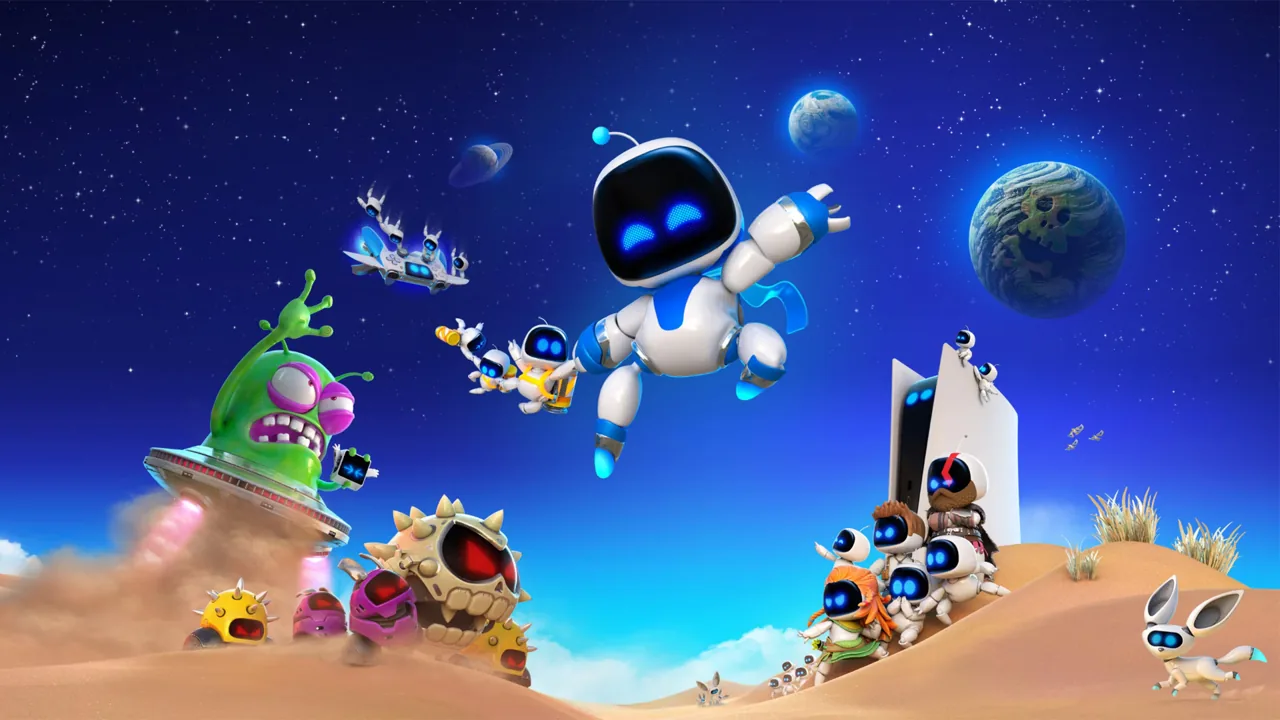From Aisch to the oceans: Merchant and sea vessels around the world rely on automation systems jointly developed by Claudia Wanke of Höchstadt for Erlangen-based Alpha Bit.
Nobody wears a captain’s hat here and the interview didn’t take place on the bridge. When Claudia Wanke applied to mid-size company Alpha Bit in Erlangen in the 1990s – after earning her degree in electrical engineering – it wasn’t clear at first that her job would lead her to shipyards around the world.
But from the start. “When I was a kid, I always played more with fishing technology than with a doll cart,” says the 52-year-old. “My upbringing was — to use that word — sexless.” For Claudia Wanke, it was only natural that her father would take care of the administration while her mother would pick up a screwdriver. “And then I was lucky that no one repelled my curiosity anymore.” After graduating from high school, she studied electrical engineering at Friedrich-Alexander University in Erlangen and was also interested in software development.

The captain sees that: A typical representation of the command module on the ship with software from the Erlangen Alpha Bit Company.
© alpha bit, NN
“Today I am always amazed at where our programs are going,” Claudia Wanke says, and she literally means it. Alpha Bit GmbH software is on board, among other things, and ensures that it works as automatically as possible on ships. This ranges from warning in the event of a machine failure, to the temperature in the cold room, to changing the wall clock in the passenger compartment when the ship changes the time zone on its way.
So that everything works automatically, software systems integrate and connect them to the network. “Every ship is a world of its own,” Claudia Wanke says. So that the captain on the bridge can get an overview of this world, the program then converts everything into visualizations. This means that a cross-section of the ship can be seen on the screens, for example, with possible values u200bu200band alarms on the surfaces.
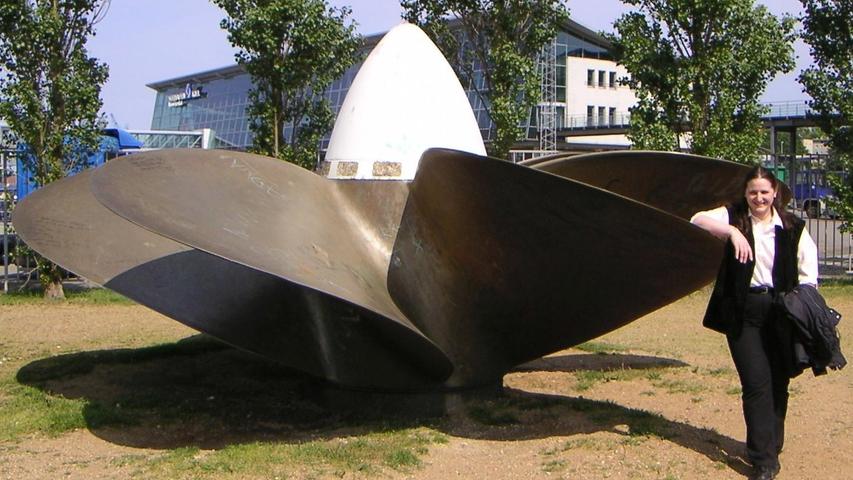
And also the dimensions: Claudia Wanke next to a fan.
© Private, NN
Automation, control, monitoring and simulation software are individually tailored to the customer. Today, almost everything works remotely from the home office. Claudia Wanke used to travel the world for this purpose, from Hamburg to Kiel to India, China and Mexico. “Outside, there was almost no irritation because I’m a woman,” says the woman from the city. In Germany yes. “But I’ve never really received negative feedback, like recognition.” And now and then she was mistaken for the secretary.
Meanwhile, the company’s electrical engineer rose to become a technical product manager with ten employees. In other words, it helps the continuous development of software. How can 3D technology or virtual reality technology, ie virtual reality be used? Building clouds currently is a future topic.
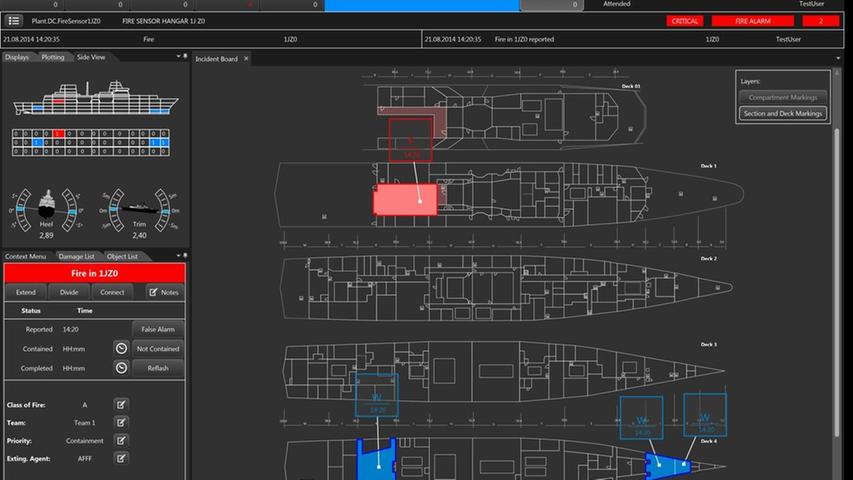
Red Alarm: Overview of typical software damage with simulated water ingress or fire damage.
© alpha bit, NN
But how can a company in Erlangen deal with ships? After all, the sea is nowhere to be seen here. “Thanks to Siemens, among other things, our region has had smart minds in automation technology from an early age,” Wanke says. It plays a very important role on ships. One only has to think about the number of crew members of a cargo ship, for example. Much of it has now been replaced by technology. Its software comes from Erlangen.

“Certified gamer. Problem solver. Internet enthusiast. Twitter scholar. Infuriatingly humble alcohol geek. Tv guru.”

